
15 Best Business Intelligence Tools in 2025 (Top BI Software for Data & Reporting)
PSA: Most BI tool guides put me to sleep. Let’s fix that. Last week, my buddy’s startup almost tanked because their “data strategy” was a

PSA: Most BI tool guides put me to sleep. Let’s fix that. Last week, my buddy’s startup almost tanked because their “data strategy” was a
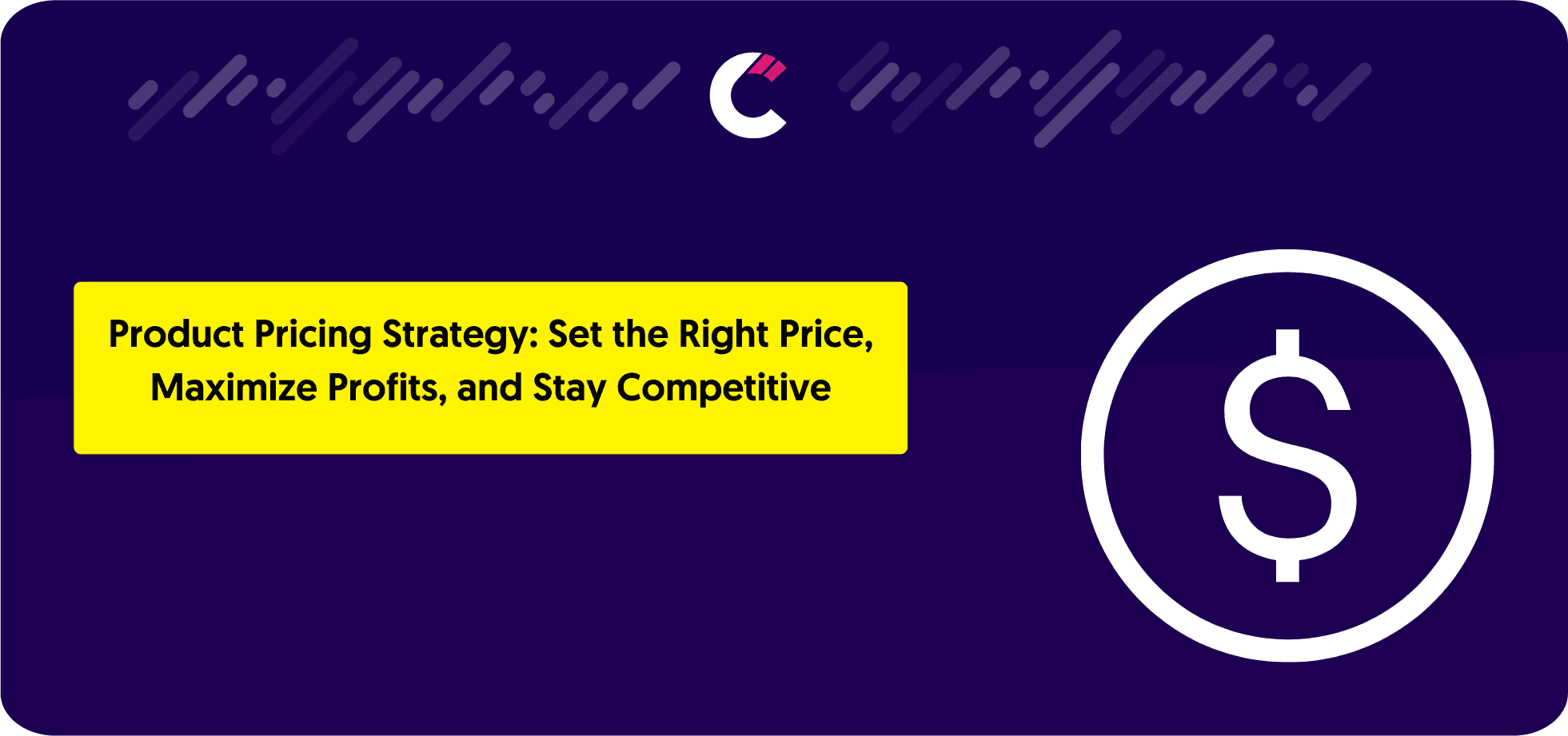
Pricing isn’t just slapping a number on your product—it’s the ultimate business power move. Get it wrong, and you’re either the overpriced snob at the

Let’s get one thing straight: product marketing KPI isn’t just another boardroom buzzword—it’s the real deal that shows whether your marketing is actually moving the
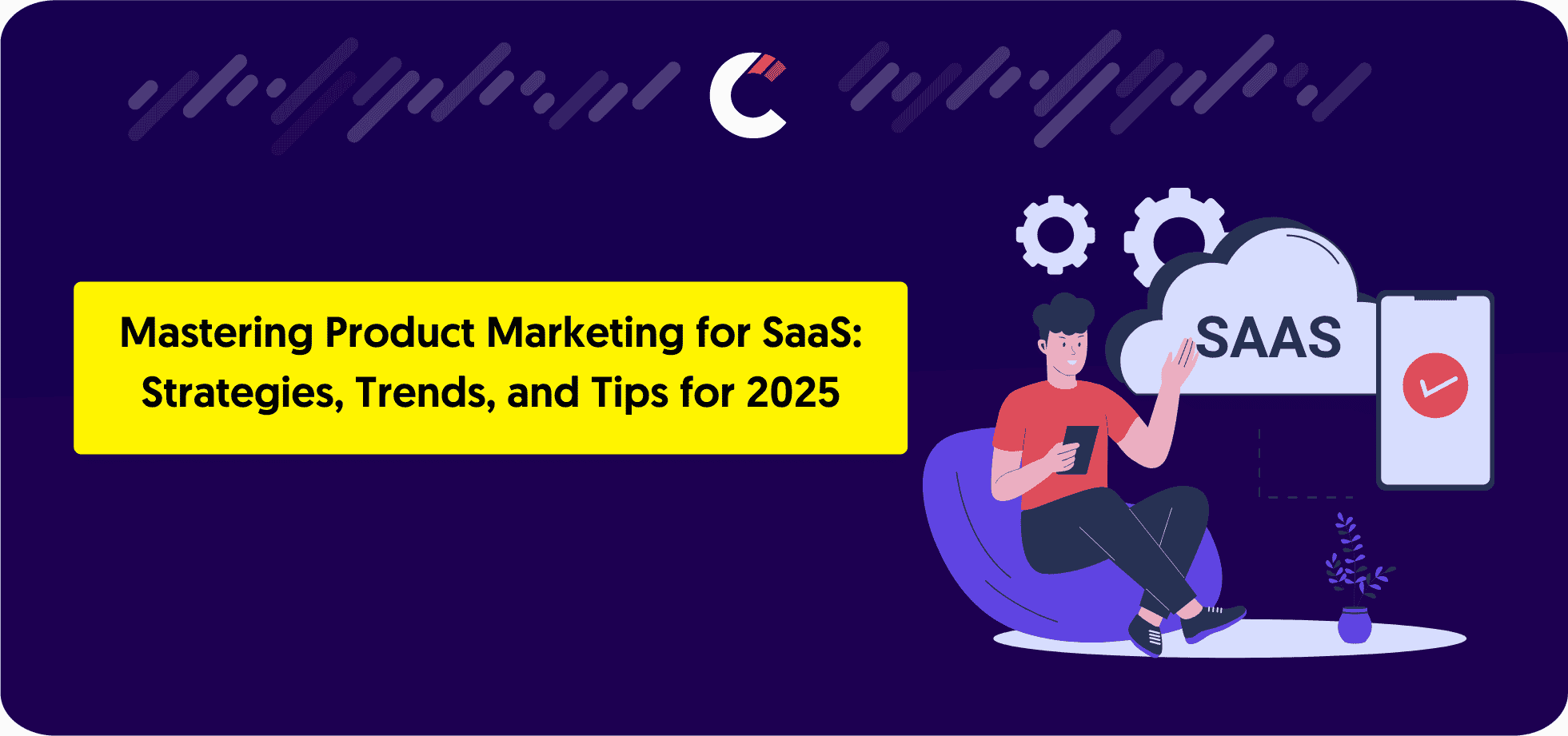
I’ve seen too many SaaS founders and marketers struggle with this—building a great product but failing to get it in front of the right people.

Every successful product has one thing in common: it’s positioned strategically in the market. But positioning isn’t just about highlighting your strengths—it’s about knowing how
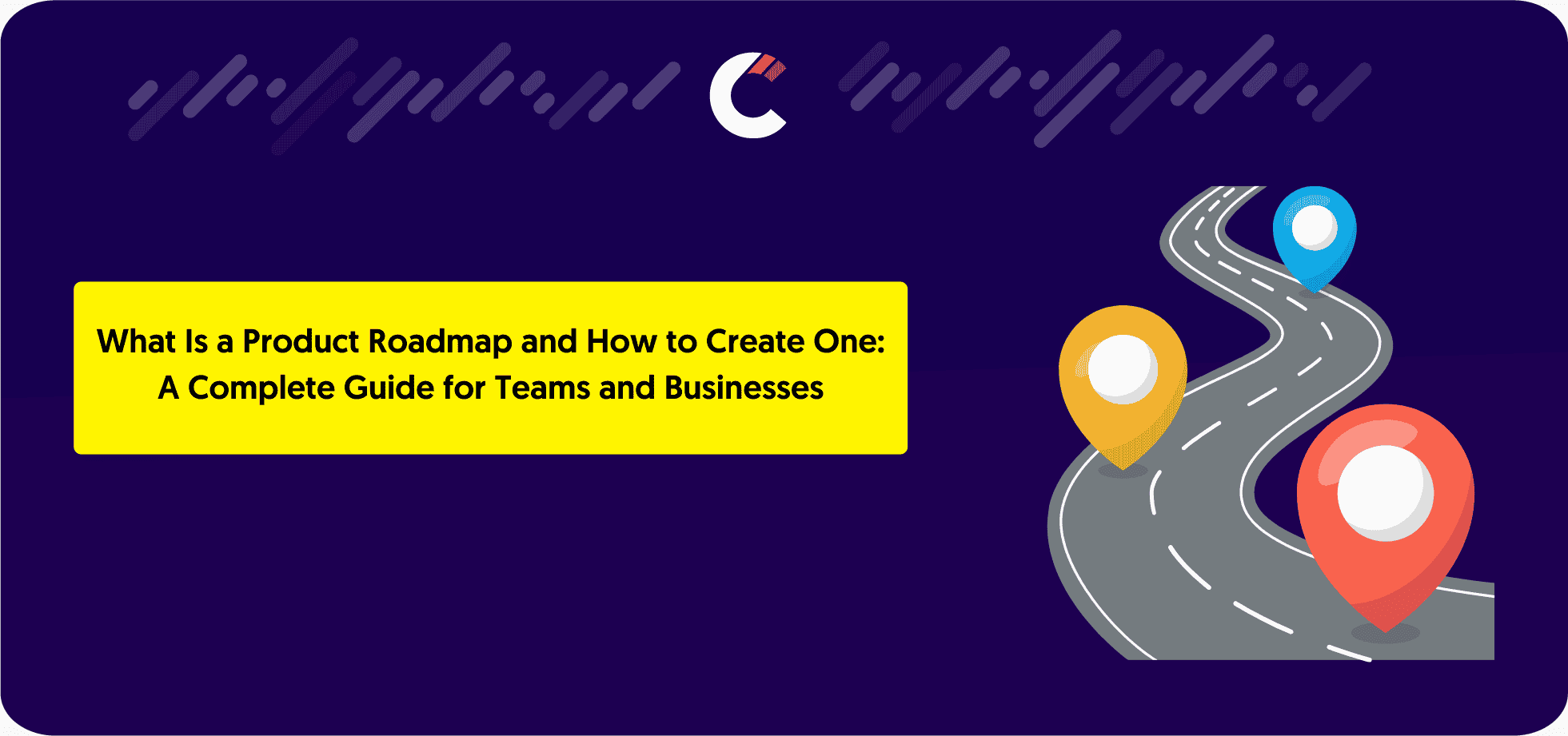
Understanding Product Roadmaps A product roadmap serves as a guiding framework for product development, ensuring that teams stay aligned on strategy, goals, and execution. Without
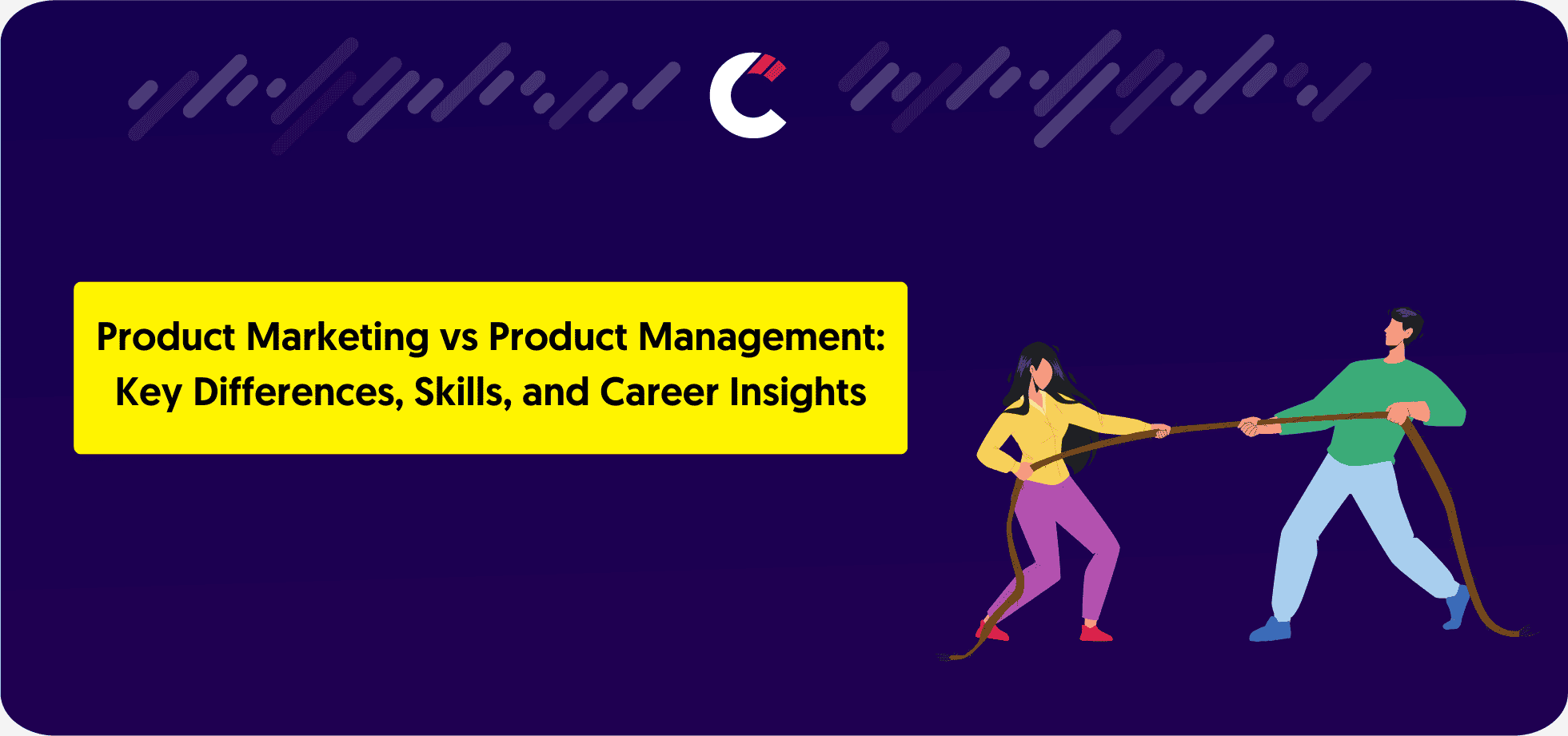
When building and launching successful products, two roles often work behind the scenes to make it happen: product marketing and product management. At first glance,
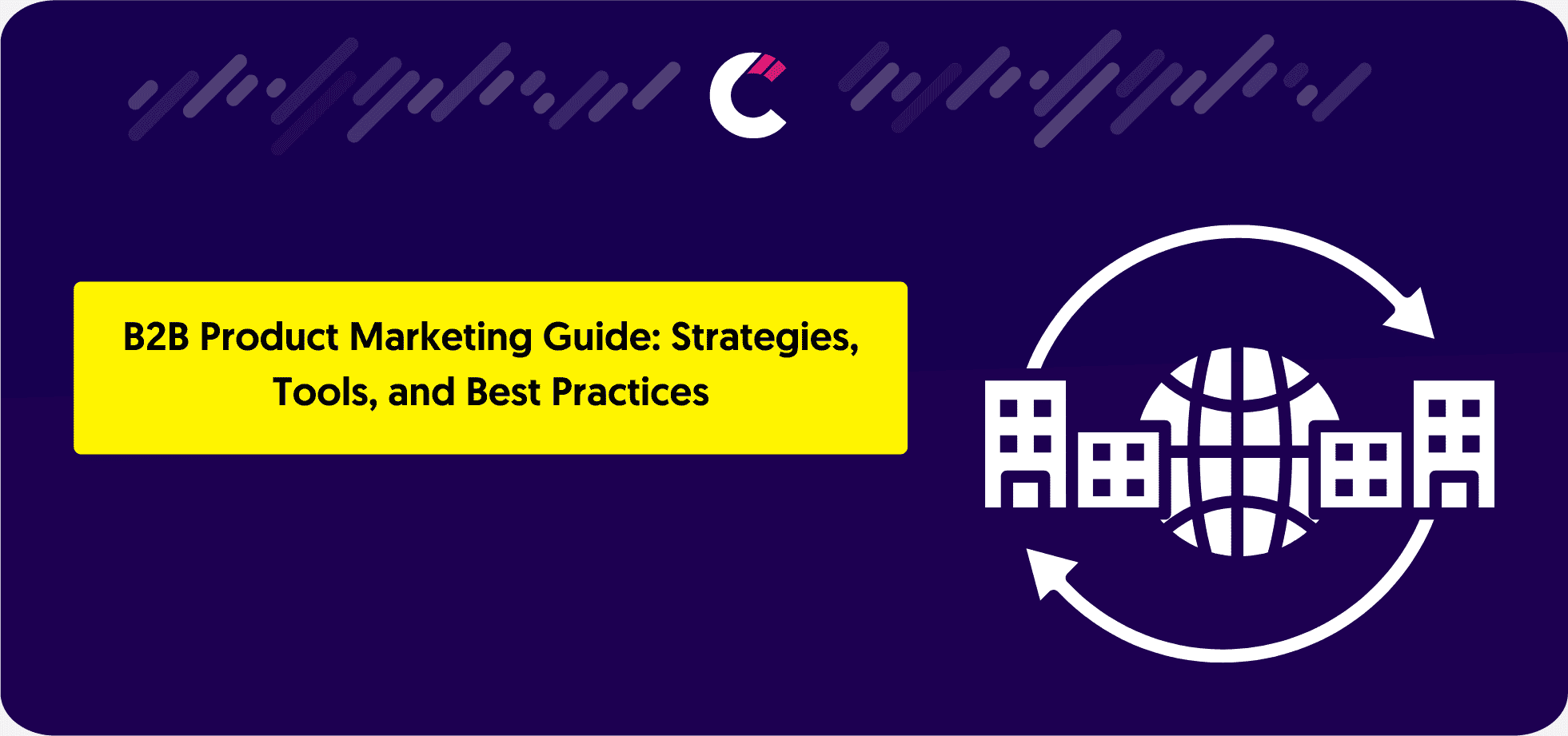
What is B2B Product Marketing? B2B product marketing is the practice of promoting and selling products or services from one business to another. Unlike B2C
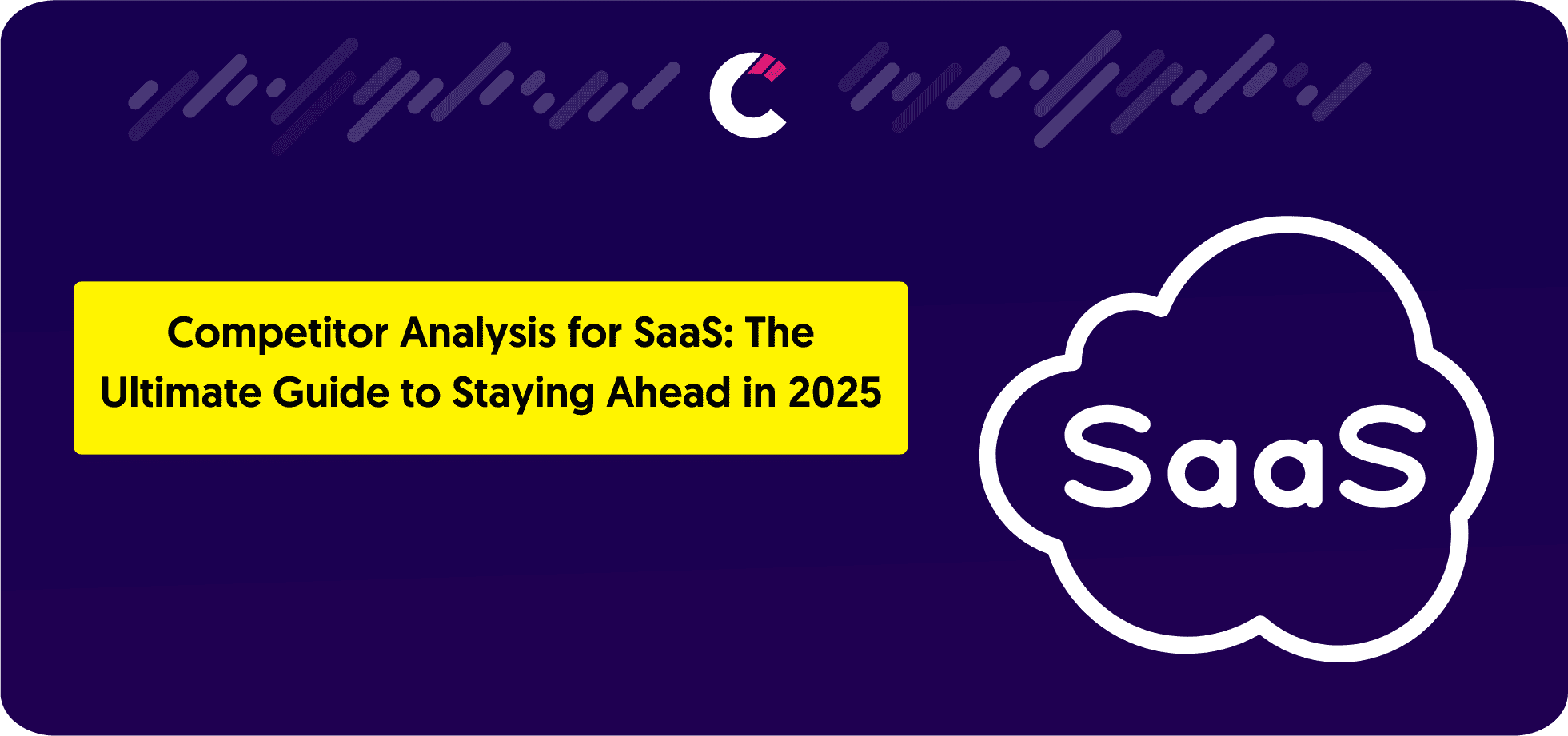
The SaaS industry continues to grow at an unprecedented pace, with global revenues projected to exceed $250 billion by 2025. However, this growth brings intense

For startups, every decision can be the difference between standing out or blending in. To outpace the competition, understanding what others in your space are
Monitor competitor website changes
You can get alerted when your competitors are making changes to their website.
Find competitor keywords
Finding your competitors’ keywords is essential for your business. It means that you focus your entire website on targeting high volume, quality keywords.
Track Social Media Pages
Social media competitive analysis is the constant monitoring and analyzing the moves of your competition on social media.
Competitor Email Monitoring
Tracking your competitors’ emails takes some time, but it’s well worth it!
How to do competitor analysis
One important step is to conduct an effective competitive analysis to evaluate your competitors’ brands.
Competitors App SRL
support at competitors.app
Sanzienelor 3, Sibiu, Romania
+1 (302) 208-7954